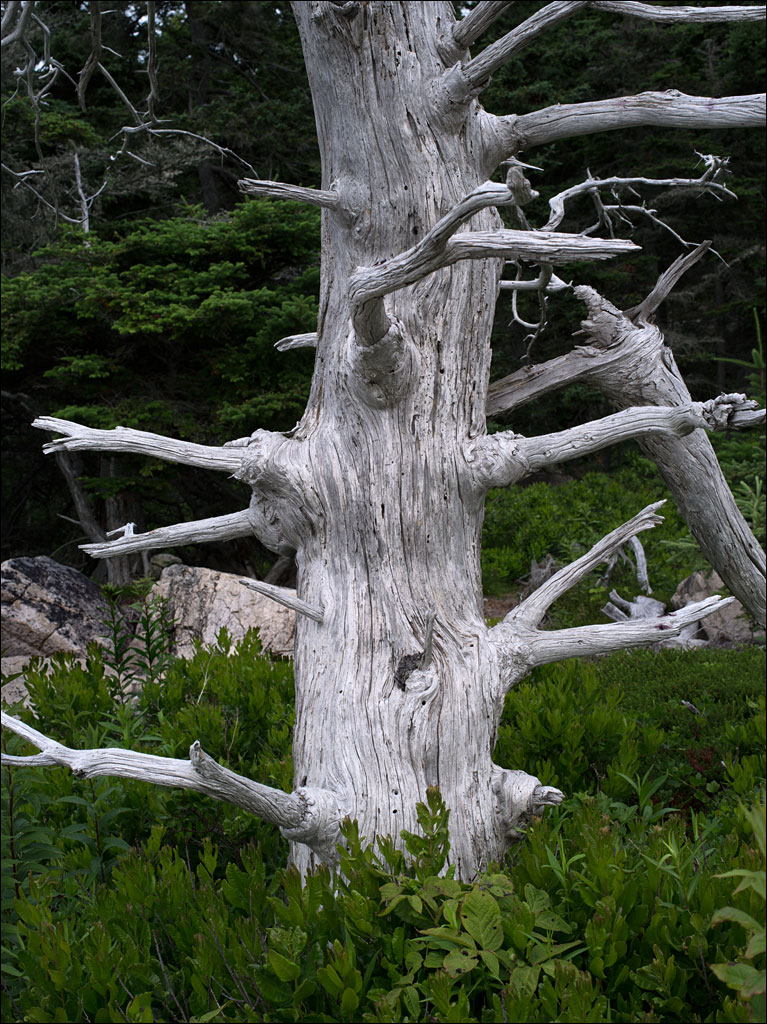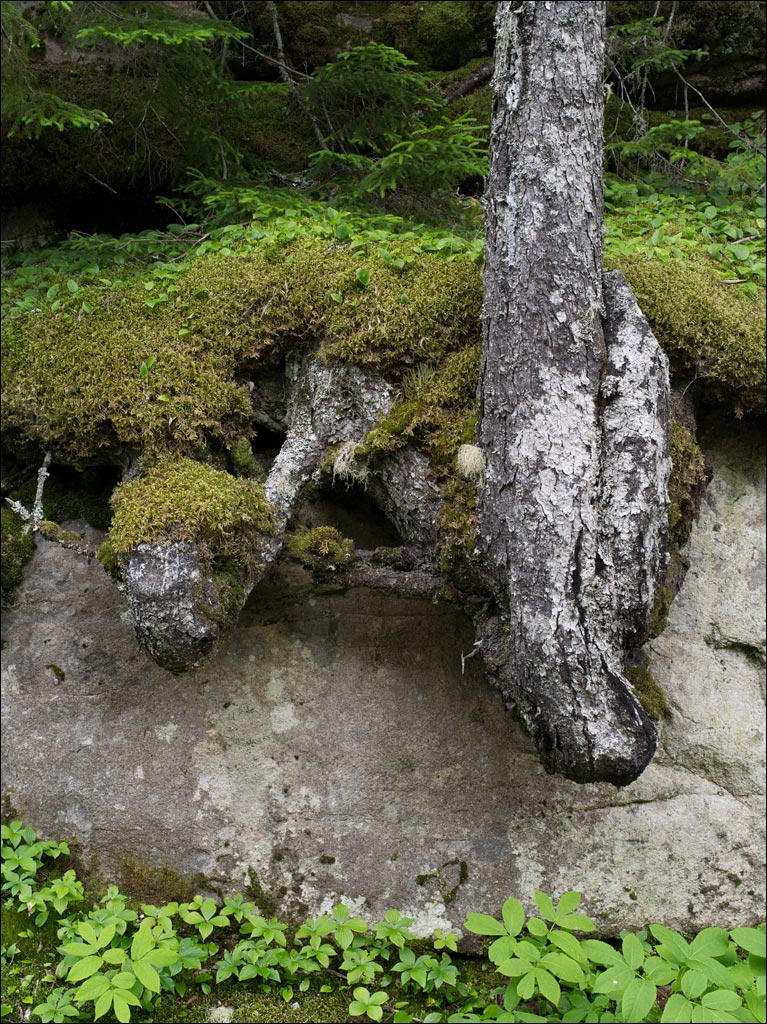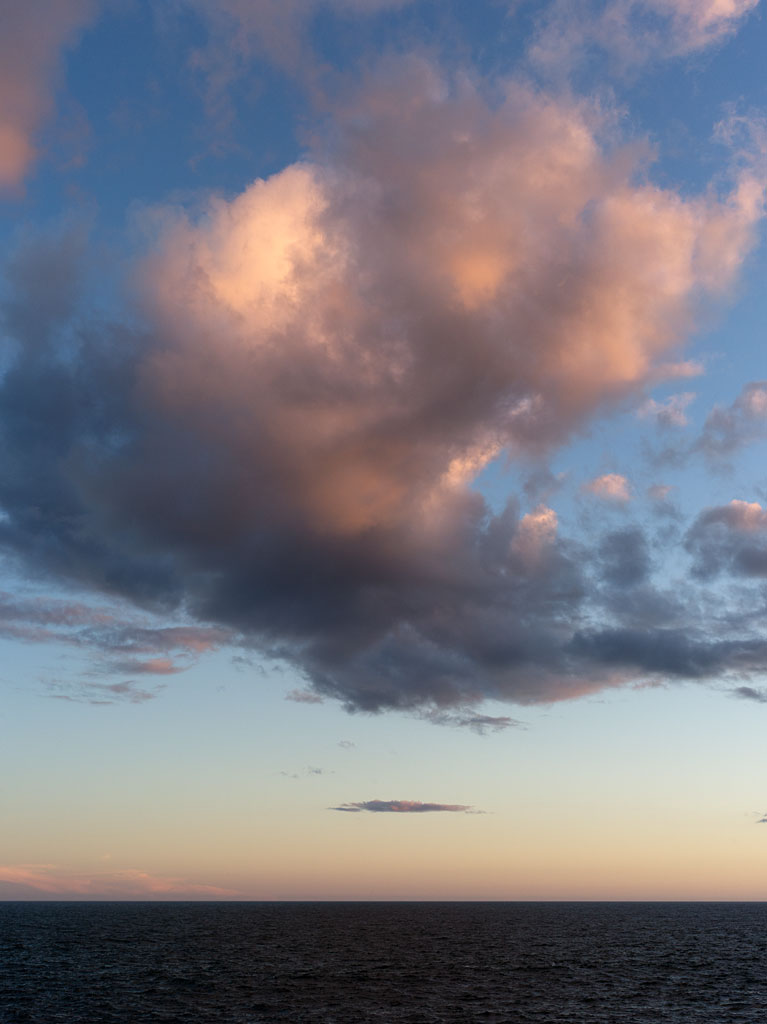 Mt. Cadillac casting its shadow over Mt. Desert Island and Acadia National Park at the end of a summer’s day. Schoodic Peninsula can be seen near the horizon. Click on the image for a larger view.
Mt. Cadillac casting its shadow over Mt. Desert Island and Acadia National Park at the end of a summer’s day. Schoodic Peninsula can be seen near the horizon. Click on the image for a larger view.
Category Archives: Acadia National Park
Schoodic Point, Part 5
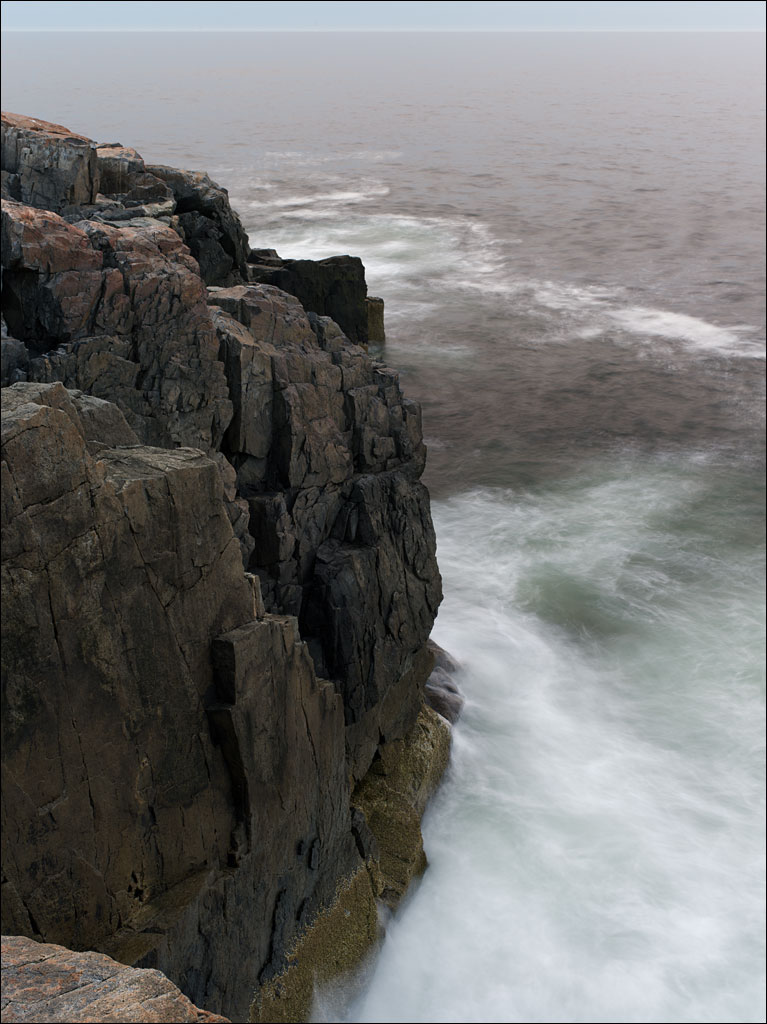 Schoodic Point terminates in the Atlantic Ocean. Even on calm days, the water looks perilous. But a magical transformation of the water and sky takes place at the end of the day. And on this day, either the humidity in the air or the fog on the water scored the horizon with a thin pale line. Click on the image for a larger view.
Schoodic Point terminates in the Atlantic Ocean. Even on calm days, the water looks perilous. But a magical transformation of the water and sky takes place at the end of the day. And on this day, either the humidity in the air or the fog on the water scored the horizon with a thin pale line. Click on the image for a larger view.
Schoodic Point, Part 4
Schoodic Point, Part 3
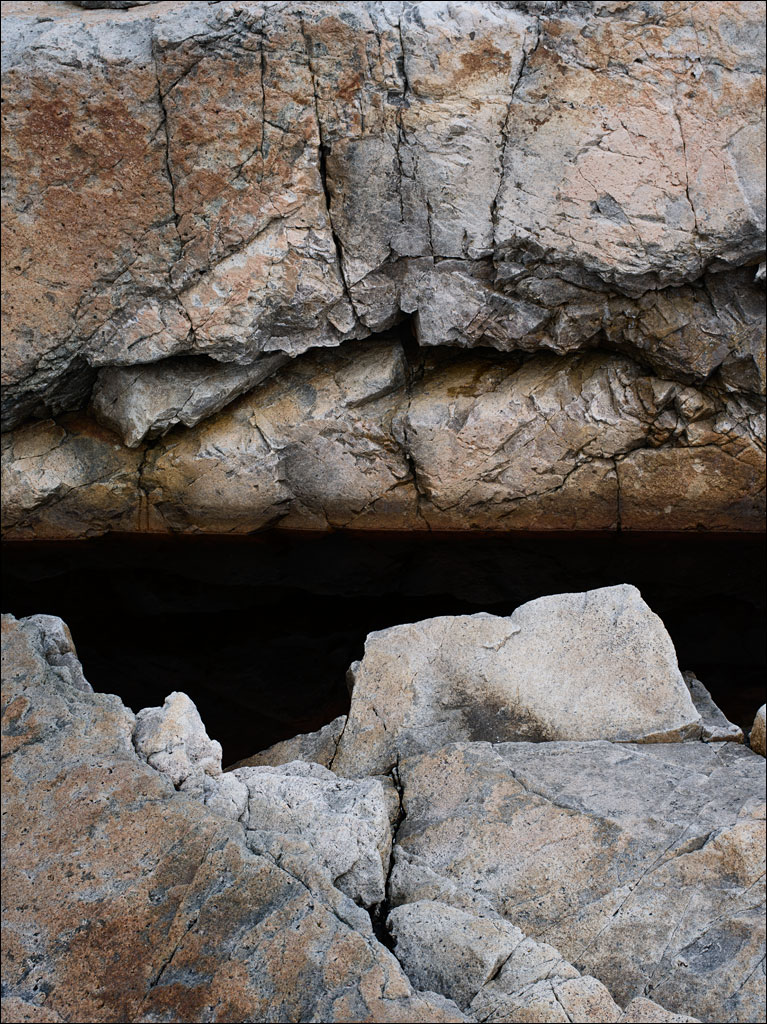 Like Otter Cliffs on Mount Desert Island, Schoodic Point is a rocky coastline made of huge slabs of sedimentary rock. Fissures far from the ocean fill with rain water, which turns black over time. Click on the image for a larger view.
Like Otter Cliffs on Mount Desert Island, Schoodic Point is a rocky coastline made of huge slabs of sedimentary rock. Fissures far from the ocean fill with rain water, which turns black over time. Click on the image for a larger view.
Schoodic Point, Part 2
Schoodic Point, Part 1
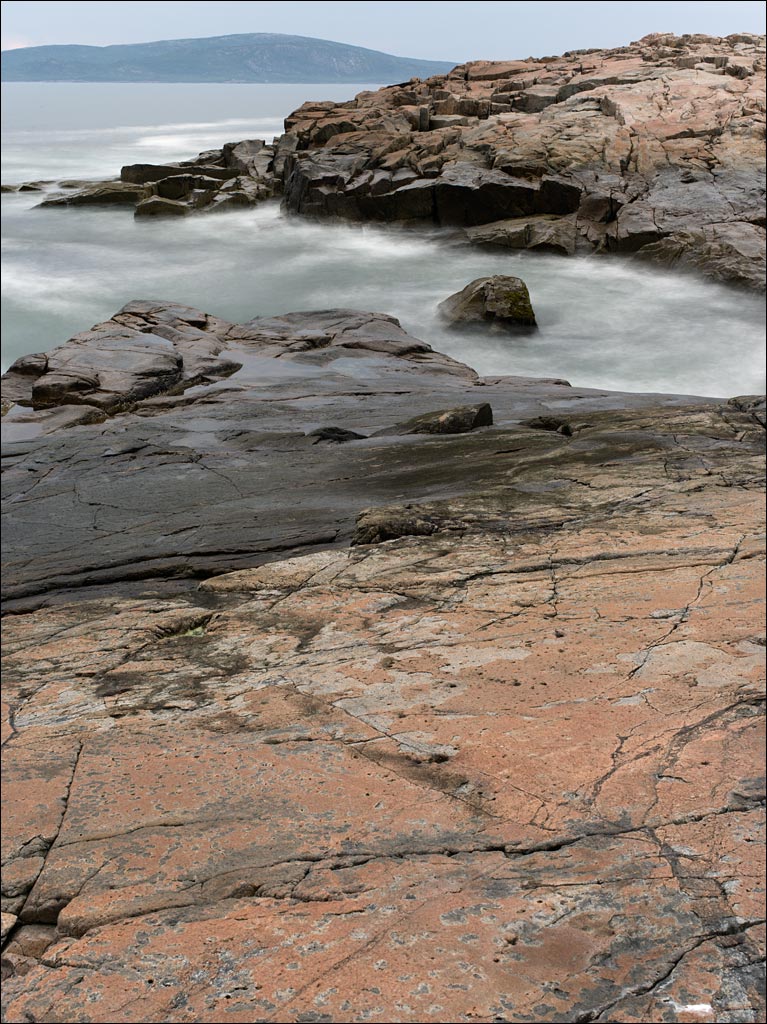 Schoodic Point is part of Acadia National Park. Being about an hour away from Mount Desert Island and the main park area, it is a quiet place, even in the summer—Cadillac Mountain and Mount Desert Island can be seen on the horizon. Naomi and I took a trip out to the point this weekend. Typical for the weather on the Maine coast, it was something less than sunny. Click on the image for a larger view.
Schoodic Point is part of Acadia National Park. Being about an hour away from Mount Desert Island and the main park area, it is a quiet place, even in the summer—Cadillac Mountain and Mount Desert Island can be seen on the horizon. Naomi and I took a trip out to the point this weekend. Typical for the weather on the Maine coast, it was something less than sunny. Click on the image for a larger view.
Where the Land meets the Sea, part 1
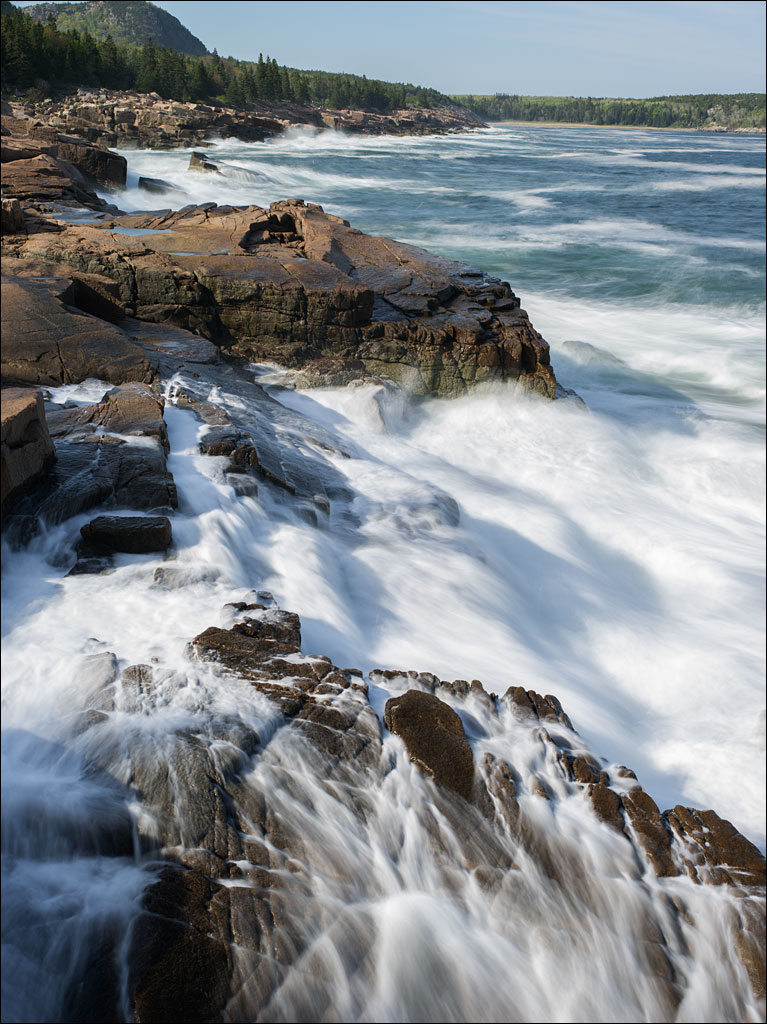 Maine is famous for its coastline. Millions of people flock to places like Acadia National Park to enjoy its beauty. But the land and the sea can have very contrasting natures. While a perfect day in June can have warm sunny weather with a soft breeze, swells from an unseen storm out at sea can lash the coast. Click on the image for a larger view.
Maine is famous for its coastline. Millions of people flock to places like Acadia National Park to enjoy its beauty. But the land and the sea can have very contrasting natures. While a perfect day in June can have warm sunny weather with a soft breeze, swells from an unseen storm out at sea can lash the coast. Click on the image for a larger view.
Dreams of Summer
At the Summit
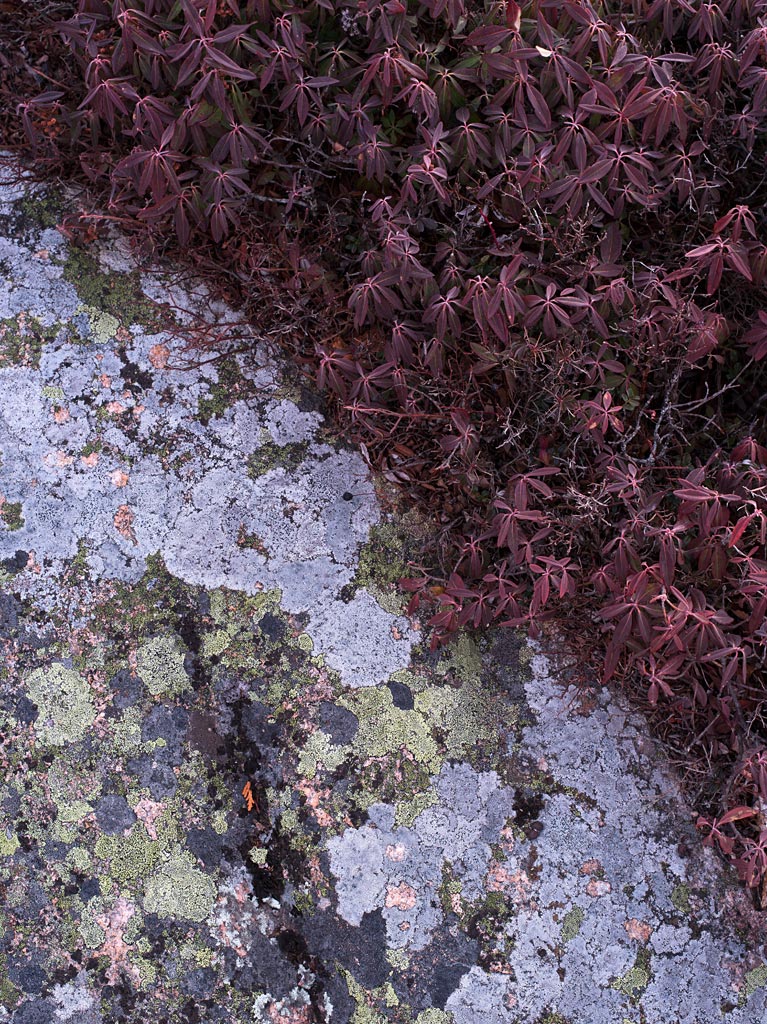 Last week, we travelled to Acadia National Park. We arrived at the summit of Cadillac Mountain after the sun had passed below the horizon. Most come here for the views, but an amazing ecosystem is right at your feet. With such a harsh environment of extremes in temperature, humidity, wind, and light, it would appear Mt. Dessert Island would earn its name. But life is everywhere. Ground-hugging plants have colonized every trough of dirt and the rock has gained blankets of lichen.
Last week, we travelled to Acadia National Park. We arrived at the summit of Cadillac Mountain after the sun had passed below the horizon. Most come here for the views, but an amazing ecosystem is right at your feet. With such a harsh environment of extremes in temperature, humidity, wind, and light, it would appear Mt. Dessert Island would earn its name. But life is everywhere. Ground-hugging plants have colonized every trough of dirt and the rock has gained blankets of lichen.
The Belt of Venus
 Driving up Cadillac Mountain in Acadia National Park last weekend, we were offered a beautiful display of the Belt of Venus. The belt is an atmospheric phenomenon and fairly common. It is caused by the shadow of the Earth creating a dark blue band below the warm light from the setting or rising sun. The belt is seen on the opposite horizon from the sun. Click on the image for a larger version.
Driving up Cadillac Mountain in Acadia National Park last weekend, we were offered a beautiful display of the Belt of Venus. The belt is an atmospheric phenomenon and fairly common. It is caused by the shadow of the Earth creating a dark blue band below the warm light from the setting or rising sun. The belt is seen on the opposite horizon from the sun. Click on the image for a larger version.

